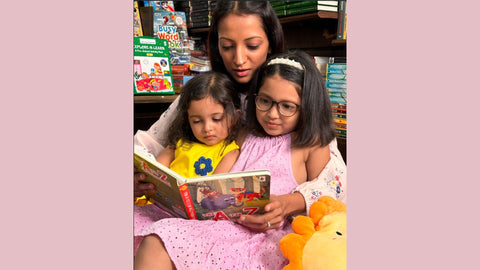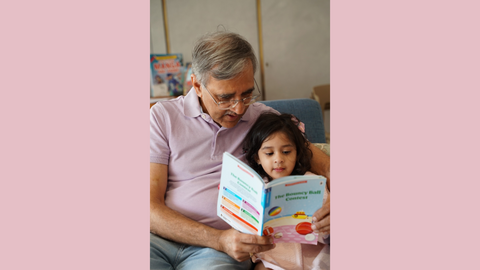Helping children understand their feelings is one of the most important parts of growing up — and sometimes, one of the most overlooked. Emotions like anger, fear, frustration, or even excitement can feel overwhelming to a child, especially when they don’t have the words to express what’s going on inside. This is where picture books can truly help.
At Woodpecker Books, we believe picture books are more than stories. They’re powerful tools for emotional growth, helping children connect what they feel with what they see, hear, and slowly begin to understand. Young children are visual learners. Before they understand words, they respond to images. Picture books bridge that gap beautifully, offering both a visual and emotional language to process big feelings.
Here’s how they help:
-
Image-to-word association: Illustrations of characters visually convey emotions, like a frown, tears, or clenched fists. Children can then associate these visual cues with emotion words such as “angry,” “sad,” or “frustrated,” helping build emotional vocabulary through imagery.
-
Naming Feelings: In picture books, emotional words are introduced gently and in context—like “sad,” “worried,” or “excited.” The focus isn’t on learning big words, but on helping children recognise and name what they’re feeling. This builds emotional awareness alongside language development, without overwhelming them.
-
Learning new concepts: Ideas like patience, sharing, or being brave become much easier to understand when seen through a character’s eyes.
-
Seeing themselves in stories: Children often relate to characters and recognise their feelings in them. That moment of “Hey, I feel that way too!” offers both comfort and a better understanding of their emotions.
-
Building empathy: By witnessing how different characters think and feel, children start to understand perspectives outside their own. Over time, this supports the development of empathy, compassion, and pro-social behaviour.
Helping Kids Name and Navigate Emotions
Kids can’t manage what they can’t name. When books give children the words for what they’re feeling, they’re better equipped to express themselves — which can lead to fewer meltdowns, better communication, and stronger emotional awareness. Here are a few of our picture books that introduce big feelings in a warm, age-appropriate way
-
My Feelings and Manners Library Box Set – Helps children navigate complex emotions and acquire effective coping skills. Each book includes discussion exercises for adults to encourage children to analyse the thoughts, emotions, and actions portrayed in the stories.
-
My Behaviour and Emotions Library Box Set – Aids children in exploring challenging emotions and developing coping mechanisms. The books include discussion activities to help adults engage children in examining thoughts, feelings, and behaviours depicted in the series.
-
Stories to Learn From Collection – Created especially for today's children. Faced with a rapidly changing world, it is more important than ever for children to build a strong value system that will guide them as they grow into adulthood and make choices along the way.
The next time your child is struggling with a big feeling, try reaching for a book. Stories can open the door to understanding in a way that’s gentle, familiar, and safe. They remind children that emotions aren’t something to hide — they’re something to explore, name, and grow through.
Because every feeling matters. And every child deserves the words to say, “This is how I feel.”




